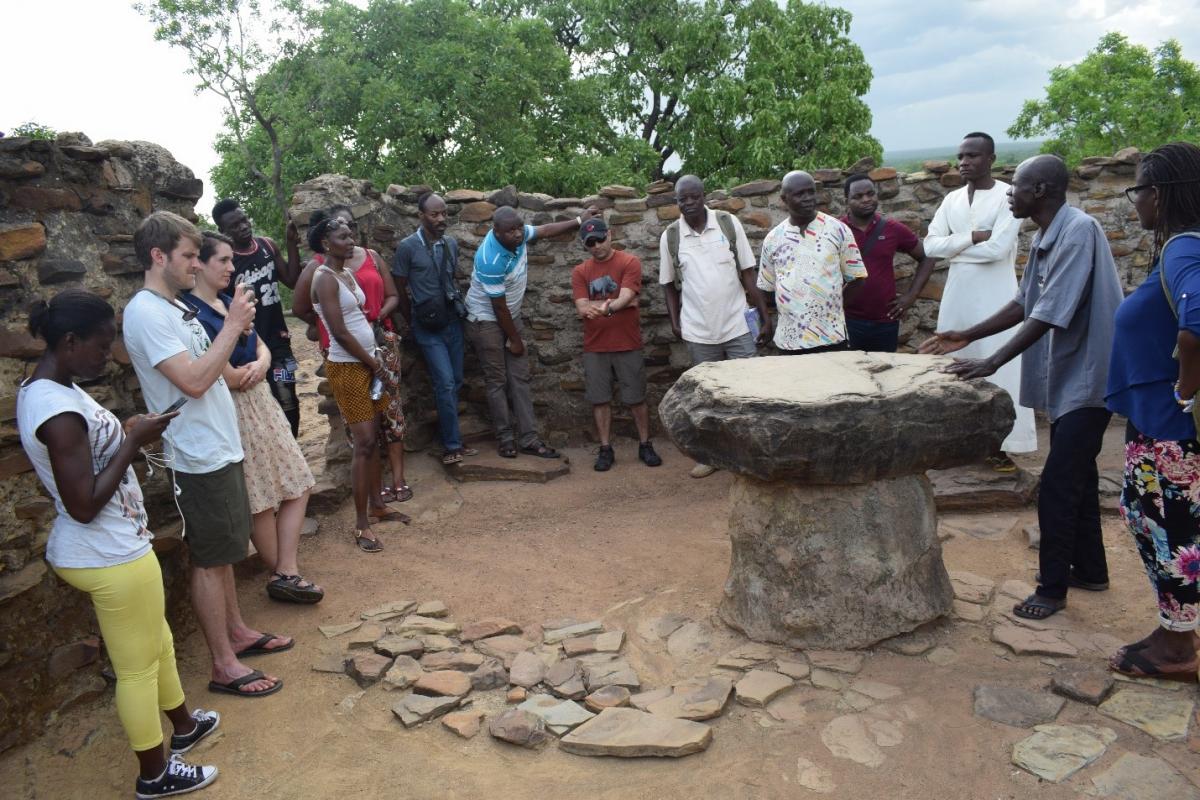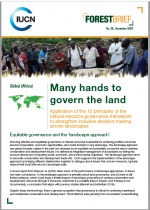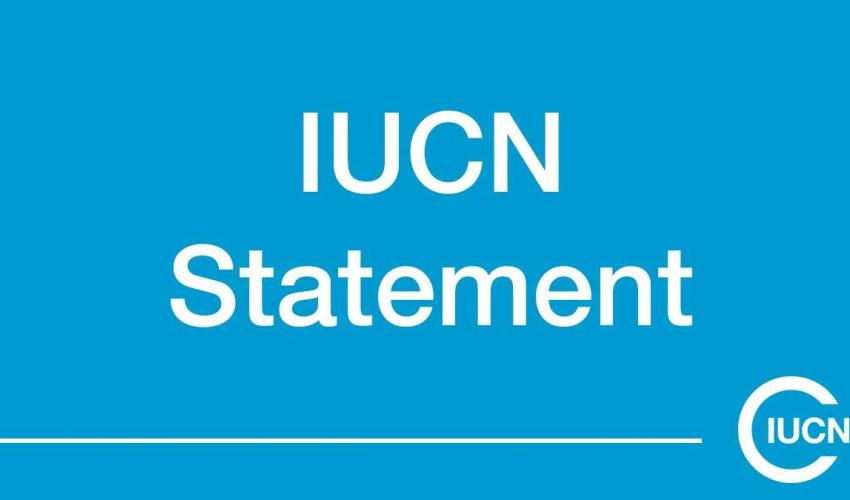Many hands to govern the land
IUCN developed the Natural Resource Governance Framework to improve coherence and consistency in natural resource governance. Good governance of environmental resources is required to achieve human rights goals. The framework includes 10 principles and criteria which form the basis for a systematic and standardised reflection on how various projects and interventions integrate and achieve social, economic, political and biodiversity outcomes. Learn about how this framework was applied to a landscapes in four African countries.

Photo: IUCN
The Natural Resource Governance Framework (NRGF) and the landscape approach
For instance, one project approach that the NRGF can be applied to is the landscape approach, where all sectors, interests, perspectives and actors in a landscape are considered during a project intervention. The landscape approach has received significant traction in recent decades, but practical results remain limited, largely due to inadequate data on good governance on-the-ground.
The landscape approach was an integral component of the Stabilising Land Use (PLUS) project. PLUS aimed to enhance biodiversity in agricultural land and REDD+ activities around protected areas in six landscapes across Ghana, Uganda, Tanzania and Democratic Republic of the Congo (DRC). Following PLUS implementation, the NRGF was used to systematically analyse the governance context of the PLUS project landscapes.
 Photo: IUCN
Photo: IUCN
This analysis highlights examples of best practices and entry points needed to achieve practical, on-the-ground results of good natural resource governance. Such outcomes include enhancing the rights of marginalised or disadvantaged groups and increasing cooperation and active engagement of multiple stakeholders. This NRGF-based analysis demonstrates that the NRGF principles have diverse applications and can guides landscape approaches in different contexts.



